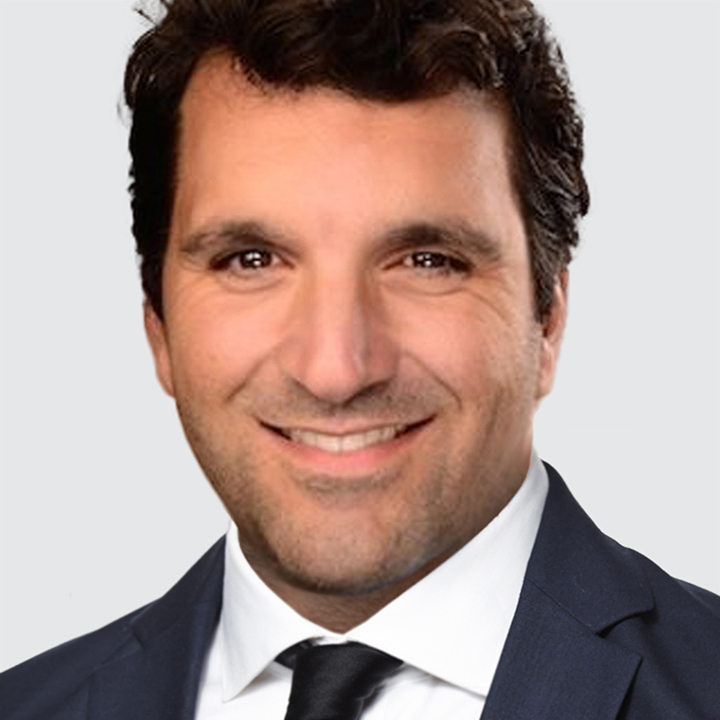Factory Blues, Labor Groove
USD is firm ahead of tomorrow’s (3:00pm Washington time) hotly anticipated US reciprocal tariff announcement. Today, the US Treasury, Trade and Commerce departments will publish their trade review report which could offer some hints about the scale and scope of tariffs to be announced tomorrow.
Still, the softer US growth outlook limits USD upside potential. The ISM manufacturing index is projected at 49.5 vs. 50.3 in February (3:00pm London), indicative of a contraction in manufacturing activity. The regional Fed ISM manufacturing prints and US S&P Global manufacturing PMI suggest risk are skewed to the downside.
The Atlanta Fed GDPNow model will be updated today. As of March 28, the model estimates Q1 growth at -2.8% SAAR, down from -1.8% on March 26. The same model adjusted for imports and exports of gold is tracking Q1 growth of -0.5% SAAR, down from 0.2% on March 26.
The February JOLTS data is the other focus today (3:00pm London). Job openings are expected at 7655 mln vs. 7,740 mln in January. Job openings have declined but the ratio of job openings to unemployed remains strong above 1. Moreover, there is no layoff spiral underway and the Job opening rate is at a level consistent with a low unemployment rate. Fed research showed that the unemployment rate tends to rise faster when the job opening rate falls under 4.5%.
Richmond Fed President Tom Barkin (non-FOMC voter) discusses monetary policy and the economic outlook (2:00pm London). Barkin warned last week that that “the feeling of uncertainty is undeniable…A dense fog has fallen. It’s not an everyday “forecasting is hard” type of fog. It’s a “zero visibility, pull over and turn on your hazards” type of fog.”
EUROZONE
EUR/USD is directionless around 1.0800. The Eurozone March preliminary CPI is expected to show the disinflationary process remains well on track (10:00am London). Headline CPI inflation is projected at 2.2% y/y vs. 2.3% in February and core CPI inflation is forecast at 2.5% vs. 2.6% in February. Pay attention to services inflation. In February, services CPI dipped 0.2pts to 3.7% y/y, matching the April 2024 low.
The country EU harmonized CPI prints for March point to downside risks to the bloc’s headline inflation. France came in 0.2pts lower than expected at 0.9% y/y same as in February, Spain came in 0.3pts lower than expected at 2.2% y/y vs. 2.9% in February, Germany was 0.1pts lower than expected at 2.3% y/y vs. 2.6% in February, while Italy was 0.3pts higher than anticipated at 2.1% y/y vs. 1.7% in February.
Markets price-in about 70% odds of a 25bps ECB cut to 2.25% at the April 17 meeting. Recent comments from a handful of ECB policymakers suggests the decision to cut or a pause in April will be live. Indeed, the more ECB officials appear ready to accept an April rate pause according to news report.
We expect the ECB to deliver a cut next month to pre-empt the drag to growth from US tariffs. Still, looser fiscal policy in Germany and the EU’s military build-up plan lessens the need for the ECB to slash rates more than is currently priced-in (roughly 60bps of total easing over the next 12-months). The likelihood for a modest upward adjustment to ECB rate expectations is EUR supportive.
ECB speakers today include: President Christine Lagarde (1:30pm London) and Chief Economist Philip Lane (5:30pm London).
JAPAN
USD/JPY is consolidating around 150.00. Japan’s Q1 Tankan business sentiment survey reinforce the case for a gradual Bank of Japan (BOJ) normalization cycle. The all industries business conditions index printed at 15 for a second consecutive quarter, highest since Q4 2018, and points to a further recovery in real GDP growth. The swaps market still implies less than 75bps of total BOJ rate hikes over the next three years which is an ongoing headwind for JPY.
The details of the Tankan survey showed the large manufacturing index dipped in line with consensus by 0.2 points to a one year low at 12 but the small manufacturing index unexpectedly increased by 1 point to 2 (consensus: -1). Meanwhile, the large and small non-manufacturing indexes are both at their highest level since Q3 1991. Finally, inflation expectations for all enterprises rose 0.1pts over the next one, three and five years to 2.5%, 2.4%, and 2.3%, respectively.
AUSTRALIA
AUD/USD retraced some of yesterday’s sharp losses triggered by the broad sell-off in risk assets. As was widely expected, the RBA left the cash rate target unchanged at 4.10%. However, the RBA signaled it’s in no hurry to resume easing. First, the RBA scrapped the sentence from the February statement that “the Board remains cautious on prospects for further policy easing.” Second, the RBA noted “the continued decline in underlying inflation is welcome, but there are nevertheless risks on both sides and the Board is cautious about the outlook.” RBA Governor Michele Bullock added during the press conference that the Board does not have “100% confidence” that inflation is moving sustainably towards the midpoint of the 2–3% target range.
Bullock confirmed that the decision to hold was a consensus one and there was no explicit rate cut discussion. Cash rate futures scaled back odds of a 25bps cut at the May 20 meeting to 70% from 80% prior to the rate announcement. Ahead of the May policy meeting, two labor market prints and the Q1 CPI data will help shape near-term RBA rate expectations. The next Statement on Monetary Policy will also be published at the May 20 meeting.
CHINA
USD/CNH is firmer on heightened trade-related uncertainties. The private sector Caixin manufacturing PMI unexpectedly improved in March to a four-month high at 51.2 (consensus: 50.6) vs. 50.8 in February. Nevertheless, the growth outlook will remain unimpressive as long as policymakers fail to address the root cause of weak consumption spending activity: low household income levels, high precautionary savings, and high levels of household debt.

